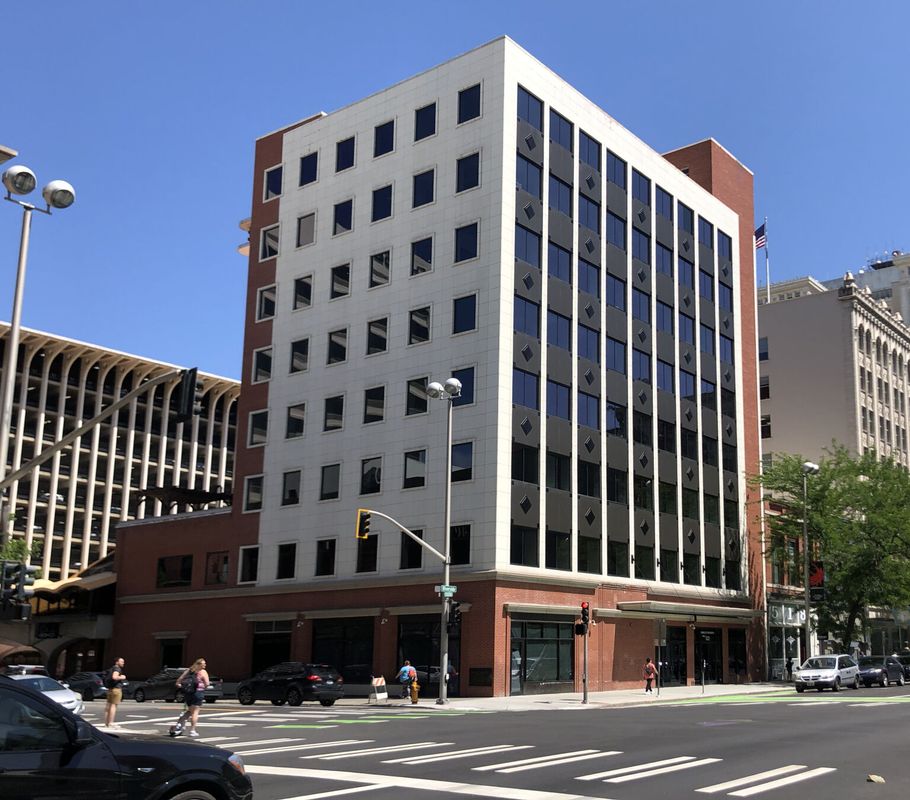
Then and Now: The Ziegler Building
The great fire of 1889 swept through Spokane, destroying his business and most of downtown. Louis Ziegler was one of the first to rebuild, erecting the elegant five-story Ziegler Building that would be the tallest building in town until the seven-story Review Tower in 1891.
Section:Then & Now


Then and Now: The Ziegler Building
Louis Ziegler faced many fiery trials. He arrived in the United States from Germany in 1852 at age 15 and became a wagon maker in Kentucky. He opened his own wagon shop in Chenoa, Illinois, in 1863 and did well until a massive fire claimed his buildings in 1870.
Discouraged, Ziegler went back to Bavaria for a few years but returned in 1873 and bought a flour mill in Chenoa. It did all right until another fire in 1876. With great resolve, he rebuilt and started over, but a third fire in 1878 left him penniless.
During these trying times, Ziegler served as justice of the peace and the town's mayor. He also joined the local Masonic lodge, which would become a large part of his life. After the last fire, Ziegler and his wife, Margaret, headed west and settled in Spokane in 1879. He built a two-story wood-frame commercial building at Riverside and Howard and opened a hardware business. He also helped found Spokane's first Masonic lodge in 1880.
Ziegler fervently believed in the Masonic philosophy of high moral conduct and self-improvement. In 1885, he became grand master of Washington state Masons.
The great fire of 1889 swept through Spokane, destroying his business and most of downtown. Ziegler was one of the first to rebuild, erecting the elegant five-story Ziegler Building that would be the tallest building in town until the seven-story Review Tower in 1891. For the next 60 years, the Ziegler Building was home to many offices and retail businesses, including Fidelity Savings and Loan, Joyner Drug and Mode O'Day women’s wear.
Ziegler died in 1911. The Zieglers' Lutheran home had welcomed some of the first Catholic missionaries and Jewish rabbis to Spokane. At his funeral, a friend said, "Everyone who liked to talk of the higher things of life found delight in that home.”
In 1951, the Ziegler was torn down and replaced with a new Fidelity Savings Bank building in mid-century modern style, opened in 1953. Fidelity Savings and Loan Association had been founded in 1907. The McWilliams family led Fidelity for decades, but after two years of significant losses in 1980 and 1981, the Federal Deposit Insurance Corp. and state regulators forced Fidelity to merge with First Interstate Bank of Washington in March 1982.
Share on Social Media